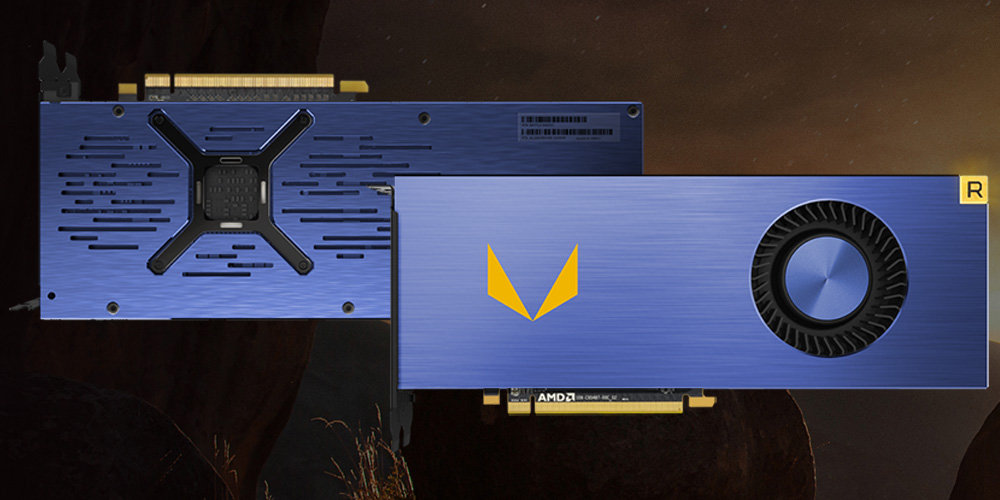MSI employee suggests Radeon RX Vega is a power hog
Does power draw matter if performance tops Pascal?

We're all eagerly awaiting the launch of AMD's Radeon RX Vega line for gaming. That is when we will finally be able to answer all of the lingering questions. In the meantime, a marketing director made an interesting comment about Vega's power draw.
The comment appeared in Dutch on the Tweakers forum by someone who supposedly works for MSI. Rather than rely on a simple Google translation, Videocardz asked a Dutch-speaking friend to translate the text.
"I've seen the specs of Vega RX. It needs a damn lot of power. We're working on it, which is a start so launch is coming closer," the marketing director said, followed by a smiley face for good measure.
Assuming this isn't just a bunch of nonsense, this suggests that AMD has shared the specs for its Radeon RX Vega line with its hardware partners, which are presumably busy designing and constructing custom cooled cards.
As to the power draw, it wouldn't be a shocker if Vega leaned towards the high end. While AMD still has not indicated the power requirement for its Frontier Edition variant for professionals, an online retailer recently listed the TDP at 300W for an air-cooled mode, and 375W for a liquid-cooled SKU, according to Hexus.
What we do know is that AMD has promised better gaming performance out of the consumer model compared to the Frontier Edition. That does not necessarily mean it will translate into a higher power requirement, but it might not be all that lower (if at all) either.
How does this compare to Nvidia's cards? Here is a look:
The biggest gaming news, reviews and hardware deals
Keep up to date with the most important stories and the best deals, as picked by the PC Gamer team.
- Titan Xp: 250W
- GeForce GTX 1080 Ti: 250W
- GeForce GTX 1080: 180W
- GeForce GTX 1070: 150W
- GeForce GTX 1060 (6GB and 3GB): 120W
- GeForce GTX 1050 Ti: 75W
- GeForce GTX 1050: 75W
In case you're wondering, Nvidia's Quadro cards for professionals top out at 250W.
Historically, AMD's GCN architecture has delivered good performance compared to Nvidia alternatives, but only at higher power draws. The R9 390X for example sits roughly between the GTX 970 and GTX 980, but it has a 275W TDP where the 980 has a 165W TDP. Polaris doesn't change that, with a 185W TDP on the RX 580 compared to 120W on the roughly similar performance GTX 1060 6GB. Extrapolate that to GTX 1080 Ti and RX Vega, and AMD might need 300-325W to equal Nvidia's 250W part.
Even if the Vega line consumes more power than Nvidia's cards, it probably won't matter to most gamers, so long as performance is at least on par if not better. On the flip side, where AMD potentially opens itself up to criticism is if Vega doesn't match the performance of Pascal, and draws noticeably more power to boot.
We will find out soon enough. Radeon RX Vega is scheduled to launch Siggraph 2017 that runs from July 30 to August 3.
Paul has been playing PC games and raking his knuckles on computer hardware since the Commodore 64. He does not have any tattoos, but thinks it would be cool to get one that reads LOAD"*",8,1. In his off time, he rides motorcycles and wrestles alligators (only one of those is true).


